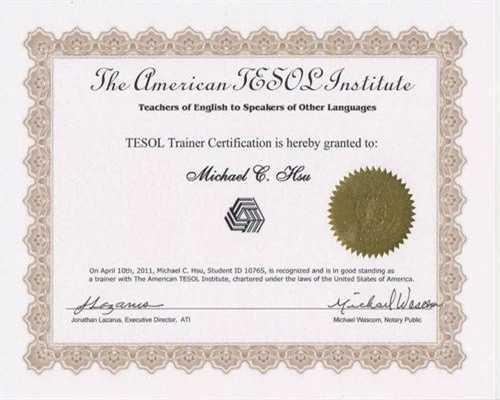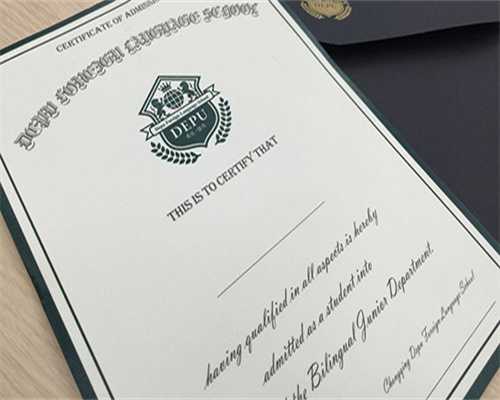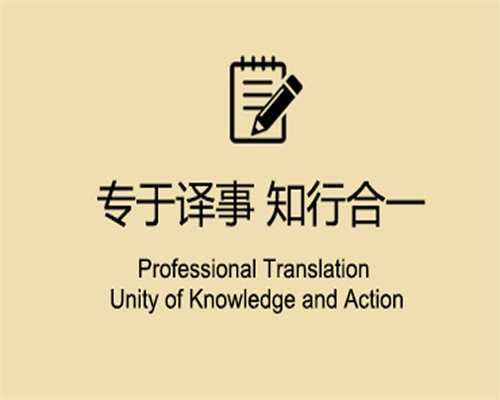笔译的基本翻译技巧有什么?
翻译的原文和译文在表达上不能有偏差的,但是中英文的语言差异,译员需要在笔译过程中对译文做一些处理,下面上海臻云人工翻译机构给大家分享笔译的基本翻译技巧有什么?
There should be no deviation between the original translation and the translation. However, due to the language differences between Chinese and English, translators need to deal with the translation in the translation process. What are the basic translation skills shared by Shanghai Zhenyun artificial translation agency?
一、增译主语
1、 Added translation subject
由于英文表达习惯,常常用一些抽象名词作为主语,而中文的表达习惯则需要把抽象变为具体;英文中常常会为了避免重复而多用介词,中文则不怕重复,一个词会用上好几遍;英语中的复数名词译为汉语时,常常加入这些、各种、种种等,要视具体语境情况而定。
Because of the English expression habit, some abstract nouns are often used as subjects, while the Chinese expression habit needs to change the abstract into concrete; English often uses prepositions to avoid repetition, while Chinese is not afraid of repetition, and a word can be used several times; when the plural nouns in English are translated into Chinese, these, various, various, etc. are often added, depending on the specific context 。
二、增译谓语
2、 Add predicate
英语中出现两个或多个相同谓语时,常常会省略,以使句子不那么赘余。而中文中则要译出来,使其表达更加地道;英文中的介词短语译为中文时往往要增译动词;有些英语中的名词在译为中文时要加入相应的动词,使其意义更加完整,表达更加明确。
When two or more same predicates appear in English, they are often omitted to make the sentence less redundant. While in Chinese, it is necessary to translate it to make its expression more authentic; when translating prepositional phrases into Chinese, it is often necessary to add translation verbs; when translating some nouns into Chinese, it is necessary to add corresponding verbs to make their meaning more complete and express more clearly.
三、时间状语
3、 Adverbial of time
1. 时间状语常常可以直接翻译,一般译到主句前。
1. Adverbials of time can often be translated directly, usually before the main sentence.
2.有的时间状语从句引导词除了表示时间以外,还会附带条件性,所以在翻译的时候要译出条件关系。
2. Some time adverbial clause leaders not only express time, but also attach conditionality, so they should translate conditionality.
四、原因状语
4、 Causative adverbial
1. 英语中的状语位置较为灵活,既可以放在主句前也可置于主句后,而中文表达常常遵循“前因后果”的顺序,所以在翻译的时候也要注意调整语序。
1. The adverbial position in English is more flexible, which can be placed before or after the main sentence, while Chinese expression often follows the order of "cause and effect", so we should also pay attention to adjusting the word order in translation.
2.但上述情况也不是绝对的,原因状语也可放在主句后,这样也对应了汉语中的结构“之所以……是因为”。








